We all talk about interlinking. We talk about linking to additional content within our website, about articles that we want to get retweeted and liked. We talk about bounce rates and how to decrease them, and techniques to keep the visitor on your website.
Really though – is what you are writing about worth reading?
How much of your content actually IS worth reading? When you truly think about it – how much of your content should be naturally shared, +1’d, liked, tweeted about, commented on etc? How much of your content should people, not initially searching for it, see the article title and think “I need to read that”?
Probably not a lot.
 I mean I’m sure you have some good articles on your website. You could look at your sites and say “Yeah that’s a pretty good article”. You might even be able to say it’s a quality article.
I mean I’m sure you have some good articles on your website. You could look at your sites and say “Yeah that’s a pretty good article”. You might even be able to say it’s a quality article.
But is it really an article that the visitor will feel the need to read?
And even if it is – what’s the end goal? What’s the actual purpose of your controversial top list article, or your well-written and intriguing research article? How is it geared to make you money?
When we’re writing content, or having content written, we usually have a few goals:
- A lot of words
- Well-written
- Optimized for search engines
There may be additional goals but those are the main three, right? But when was the last time that you went for “home run” content? The sort of content that you advertise within another post, and people can’t HELP but click?
Examples of Content Worth Reading/Clicking:
You see a lot of these articles all over the web these days. Actually a great site to see is Bleacher Report – I’m pretty sure their #1 goal is to be as sensationalistic and headline-worthy as possible in every single article they write – but it works. I mean here’s an example from one article:
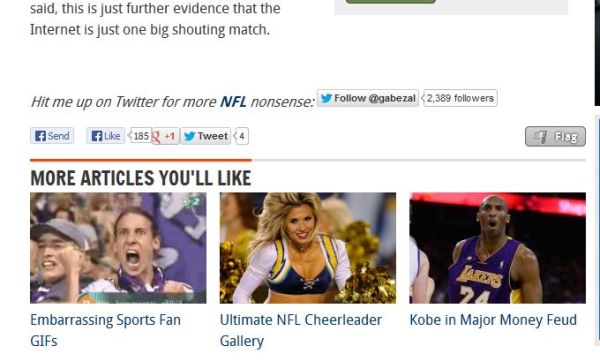
You’ll note that all three of those articles fall under three categories. You’ve got laughs/fun, sex and then a controversial sports article featuring one of the biggest names in sports. A lot of people try and get too fancy when it comes to writing articles and interlinking; Bleacher Report keep it simple, and straight to the point.
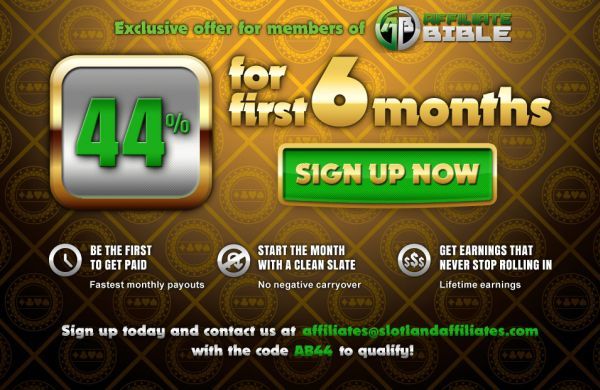
There’s also a service called Outbrain where you can purchase ads on other sites linking to your content. See below for example – the bottom 4 ads are all on other websites and suggested by Outbrain:
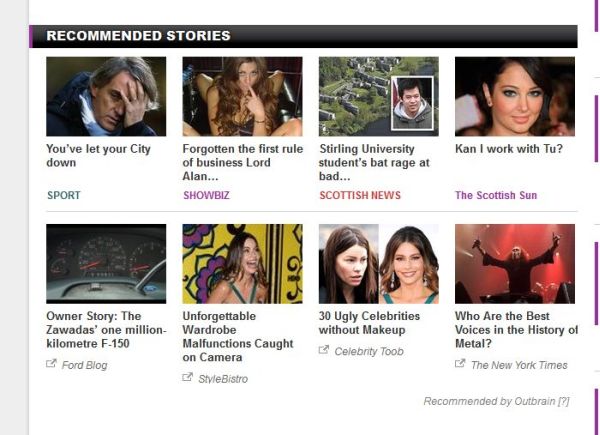
Again note the categories these fall under; cars, sex, celebrities and the always controversial yet clickable best/top list, and also how it is set up. They have 4 articles on the top row they want you to click that keeps you on their website – news stories that may appeal to you. As you click through more and more of these, you start to get used to that section and it increases the chances of you clicking on their advertisements.
I want you to think about your websites, and the content on them. How much content do you have on your websites right now, that you could use a service like Outbrain for to get readers to click? Amidst all your casino and poker room reviews, beginners guide to sports betting etc – what is there that you could actually get people to click on? How much of your content would be worth doing that? If I gave you $10,000 from the virtual money tree and told you to pick 5% of the articles from your website to promote on Outbrain that would be worth showcasing – could you do it?
Also from a user experience POV, I just want to point out the smart job that websites like the New York Times do. They offer the little popup at the bottom right corner linking you to a related article as seen below:
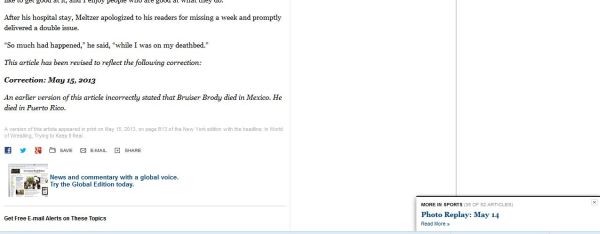
However what’s smart about that is it doesn’t show up immediately. It only shows up when you’re 2-3 paragraphs from the END of the article. At that point you’re already starting to skim, and you are just about ready to move on. Notice all the white space too – not an accident. Everything looks very basic so that when that DOES pop up, it sticks out more even – yet done in a completely non-intrusive fashion that comes across helpful.
Such a simple concept – the reader is almost done the article, their eyes are starting to wander – and that’s when you throw in a link to more content on your website. A link that is related to the general category that you are reading.
How much of your content would be worth linking like that? Think about your biggest site – what percentage of articles would you feel confident about putting in a popup box like that, and actually getting clicks?
The Reasons Behind It…
And hey – maybe DO you have a lot of articles like that. But what’s the actual reasoning behind doing this? Why exactly do we care about offering this sort of content? Well for one – we want the user to stay on our website as long as possible. We want them to click multiple pages. And that’s not from an SEO perspective – it’s just from a common sense perspective.
The more time the user spends on your website, the more trust they garner from your website. The more they read, the more chance they have of remembering your website, and even bookmarking your site or sharing it with others. I’ve implemented this on some websites, and I’ve noticed three things: brand name search increases, return visitor increases and more clicks on an affiliate link. Not anything huge – but enough to where you know you’ve got into the visitors head. Sometimes people just need that little bit of trust in your website to go from ignoring your $25 no deposit offer promo, to clicking on it.
But Why The Heck Do Affiliates Need This?
Now as affiliates – you may think this doesn’t apply to you. Other than the increased trust factor – why would you EVER want someone to click anything OTHER than an affiliate link?
While the shortest route between point A and B is a straight line, from an affiliate perspective it isn’t always the best route. If all of the articles on your website are focused on that A-B line, with A being the initial article the visitor landed on, and B being the affiliate link you’re always going to lose a lot of people along the way. It’s easy to turn people off by trying to sell too hard.
Sometimes you have to leave a trail of breadcrumbs to lead the user to “B”. Let me show you an example. Let’s say a user randomly searched for the largest casino in the world and came upon that page on CasinoAnswers.com.
As they scroll down and are near the end of the article, suddenly a pop-up like this appears:

That’s the type of article that is worth reading, right? So the majority of users click on it. They read the article, get close to the end, and suddenly this popup appears:

Boom, another article worth reading. Not all, but some of the visitors who have already clicked through will continue to click through. At this point they’re getting used to trusting that little pop-up box, and trusting your site. You’ve hooked them just enough – and that’s when you switch to this popup:

It’s a trail of breadcrumbs that ultimately leads to the affiliate link. But rather than cold-selling them from the get-go and appearing desperate, you’ve provided value in your website AND got the user looking down and trusting that little pop-up box, as opposed to catching a case of “banner blindness” and immediately ignoring it. Visitors have already clicked twice, trusted that little pop-up box, and been entertained. They’re going to be a lot more likely to click a 3rd time.
Not every article on your website needs to fall into the “worth reading” category. It’s much better and resourceful for the user if you provide a comprehensive Blackjack rules article for example, rather than a “Top 10 Blackjack Beginner Mistakes” take on it instead. Just like in a baseball game where very play need not be a home run; you need to back them up with singles, doubles, triples and sacrifices.
Make that your mission right now. Stop what you’re doing, and go out and get some “home run” content for your site.
Then apply the right marketing techniques, and turn it into a Grand Slam.
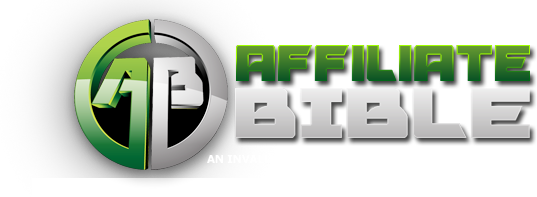
 Dealer Dan, pictured here with WWE Superstar Mick Foley, has been in internet marketing since 1996. He likes hugs, long walks on the beach, and making money while wearing his jammy jams. For more information, you can read all
Dealer Dan, pictured here with WWE Superstar Mick Foley, has been in internet marketing since 1996. He likes hugs, long walks on the beach, and making money while wearing his jammy jams. For more information, you can read all 













